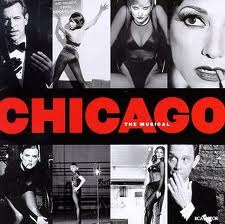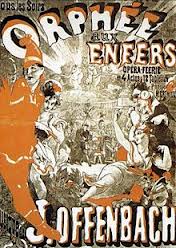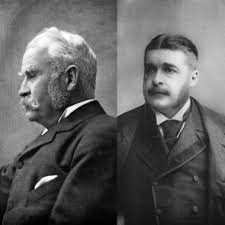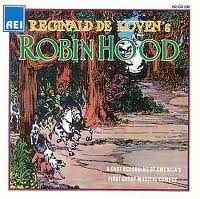The Broadway musical is a relatively new genre. Also known as the American musical, this show has been in existence for less than a century. Scholars of the genre are reticent to agree as to which show was the first Broadway musical. Although some will go back to the 18th or 19th centuries to find the first musical, the show that contained all of the major elements that comprise this genre is generally agreed to be Kern and Hammerstein’s Showboat. It’s the first show to offer an integrated book, music and lyrics, characters that are well developed and realistic and music that is written in an American style. Other shows certainly contained some of these elements and many such as the 19th century hit A Trip to Chinatown were called “musicals” but in 1927 Showboat was the first to successfully combine all of the ingredients that comprise a modern musical.
European Musical Entertainment
Prior to the development of the Broadway musical Americans often borrowed their musical theatre entertainment from other cultures. European operetta was produced in the U.S in the 19th century but these pieces were often troublesome. The music was wonderful but the stories had to be altered and the comedy changed due to the sexual nature of the material. Often these translated pieces lost a lot in translation.
Take Jacques Offenbach’s Orpheus in the Underworld, which includes The Infernal Galop, the most famous can-can number ever written. Offenbach’s opera bouffon (operetta) includes sexual innuendo, people having affairs and paying no moral price for such and a drunken, carnal celebration of hell. This would be a tough sell in mid-19th century America.
Gilbert and Sullivan
In 1878- 1879, an operetta came across the Atlantic from England that would have a huge impact on American theatre. It was H.M.S. Pinafore and it created a sensation. The English operetta was actually pirated by U.S. companies, which meant Gilbert and Sullivan never saw one penny from any of the American productions. In its first year in the U.S. there were over 150 professional productions of the operetta.
Americans loved the music, characters and humor of Gilbert and Sullivan. The tunes in H.M.S. Pinafore were easy to remember and sing, the lyrics were clever and the satire of British society was thoroughly enjoyed by U.S. audiences. Plus, the operetta was devoid of any blatant sexual connotations or immorality. Finally, no translation was necessary with Gilbert and Sullivan.
American Operetta
With the popularity of H.M.S. Pinafore, a move eventually started in the U.S. to create American operetta. One of the most prominent proponents of this genre was actor/manager Henry Clay Barnabee. In 1879, Barnabee, who was from Portsmouth, NH, had created what was considered to be the best H.M.S. Pinafore company in the U.S. It didn’t hurt that when in London he had seen the original production and stole most of the stage business. With the success of Pinafore, Barnabee decided to enlist American composers to create works for his company, The Bostonians. He’s credited with giving many American composers their first chance at creating operettas. Those composers include John Phillip Sousa, Victor Herbert and Reginald DeKoven. With librettist Harry B. Smith, DeKoven created the first successful American operetta, Robin Hood. Robin Hood became a staple for The Bostonians, which toured the country with the piece for a decade.
Homegrown Talent and Musicals
Although operetta is quite different from what would become the Broadway musical, the focus it engendered on musical theatre created by Americans for American audiences was an important step towards the development of our own unique form of entertainment. Many quality American composers became focused developing new works for the theatre and writers were creating characters that displayed humor that was connected directly to the nation. Other forms would be important in the creation of the Broadway musical, including vaudeville, the minstrel show, burlesque, and the revue. But the combination of music, lyrics and story that were a part of American operetta helped to influence composers and writers who would create the Broadway musical.





